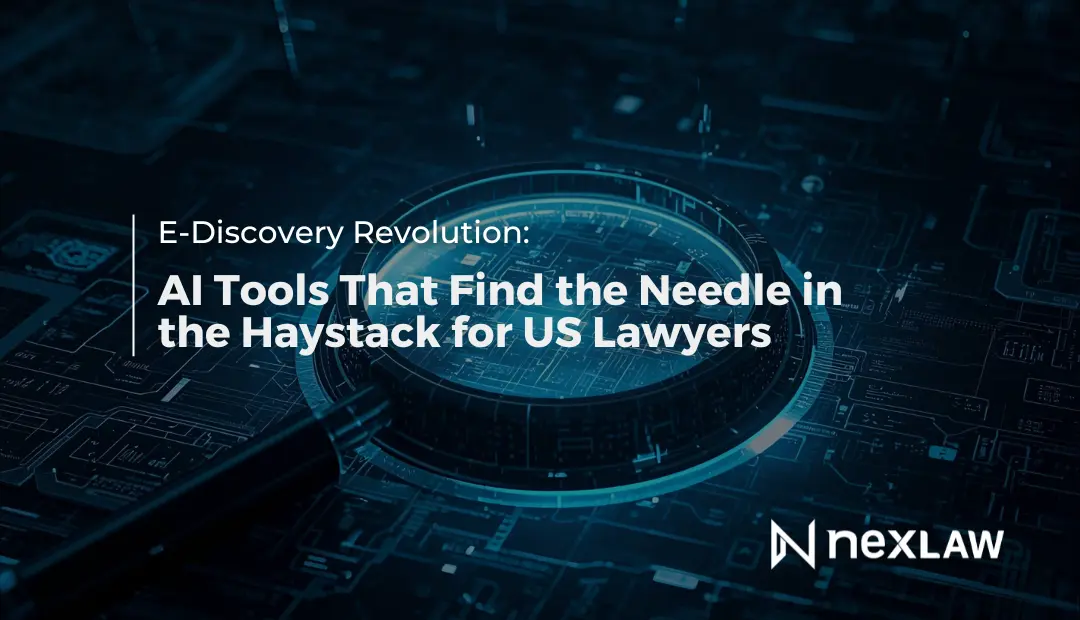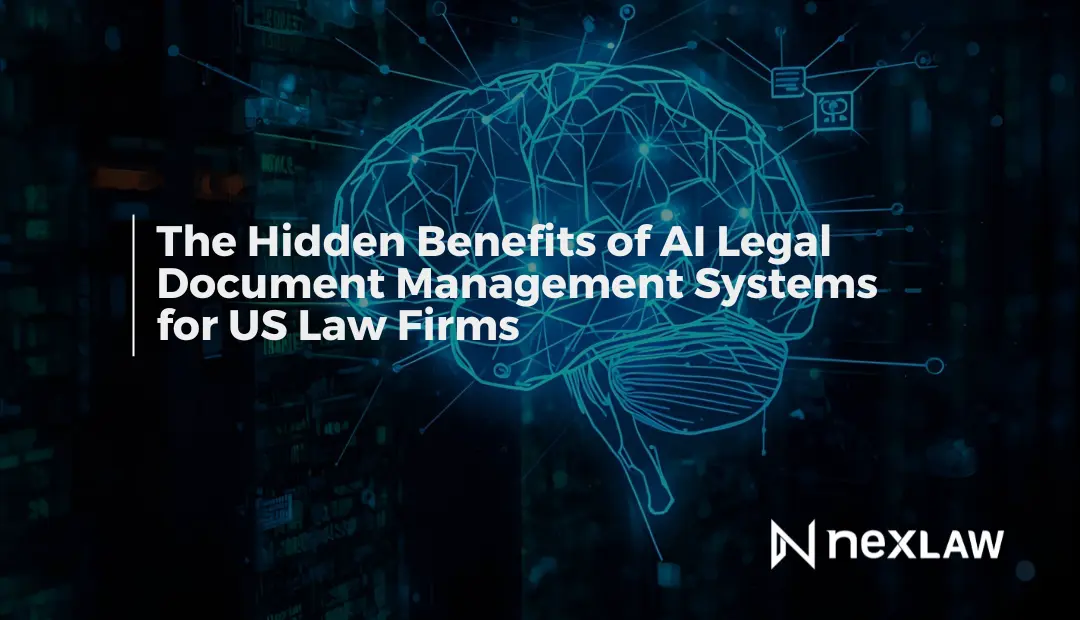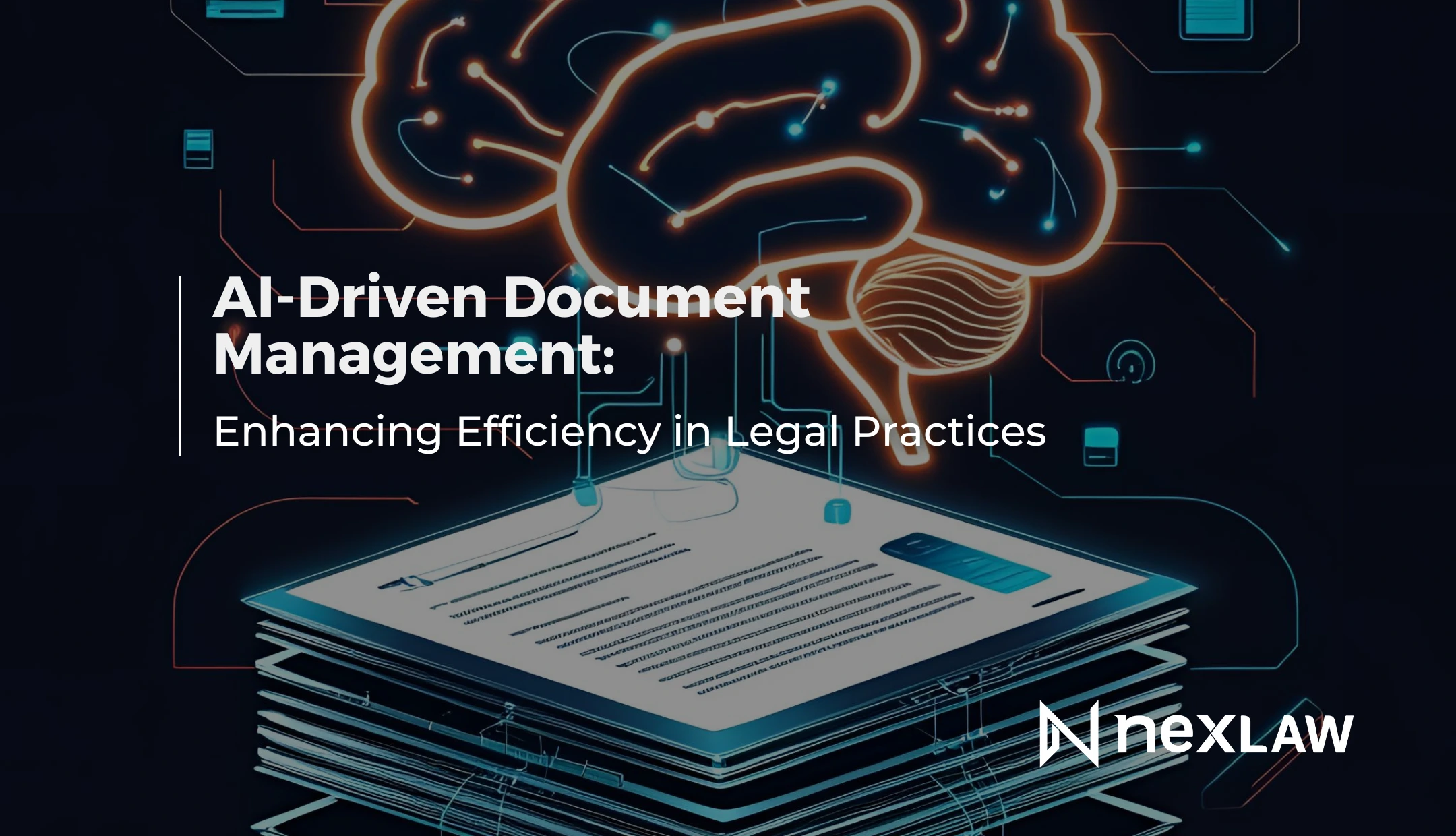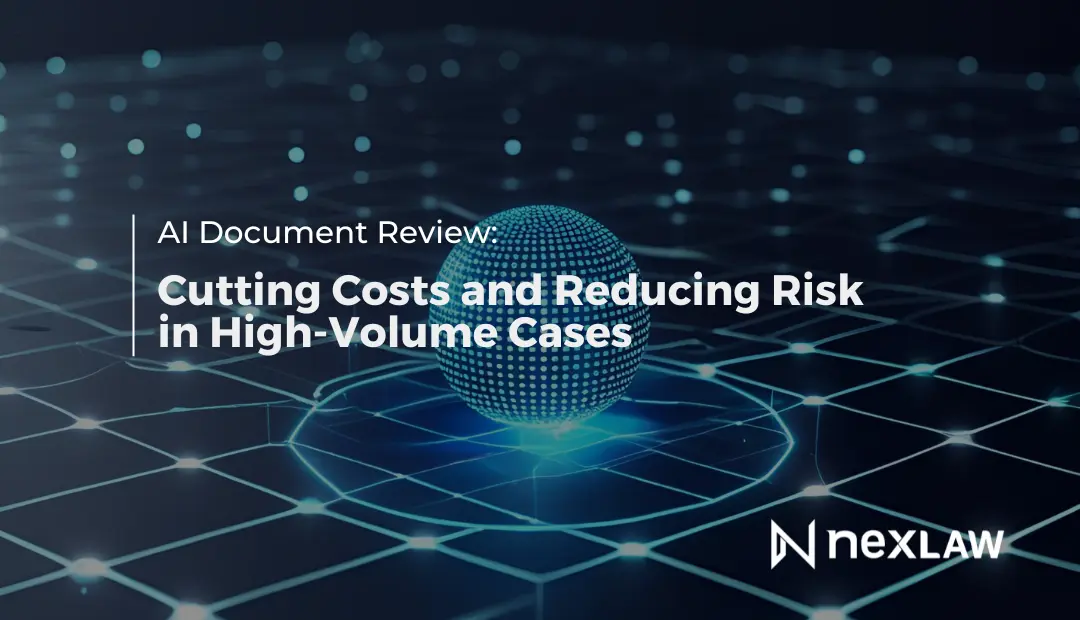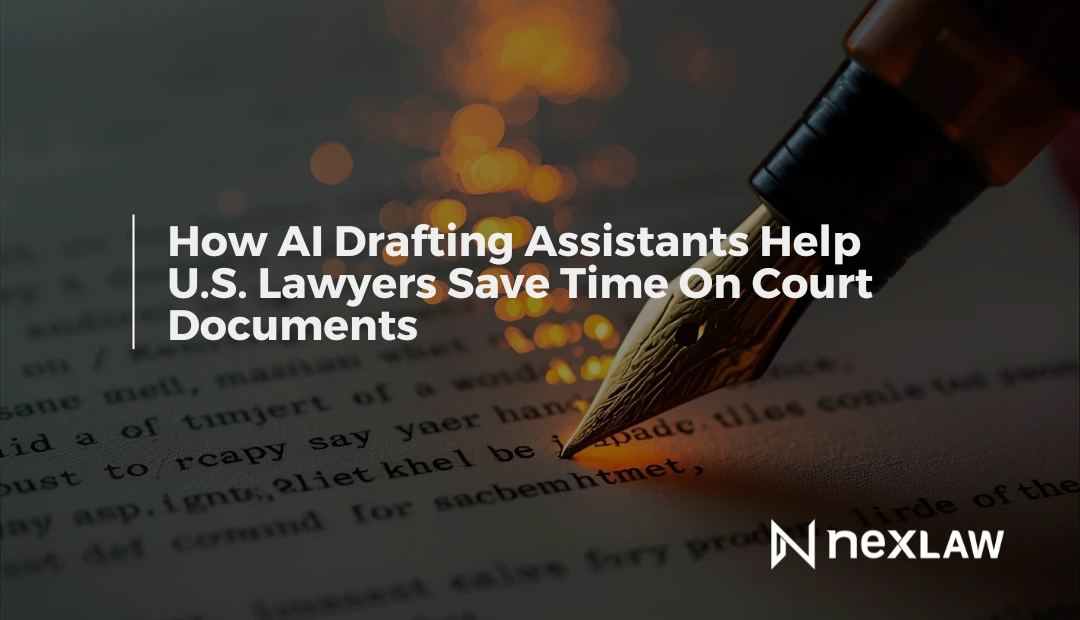E-Discovery Revolution: AI Tools That Find the Needle in the Haystack for US Lawyers
Whether in federal court or state venues, discovery is often the longest, most expensive, and most high-risk phase of litigation. In complex cases, US litigators may be asked to review terabytes of emails, PDFs, chat logs, and unstructured data—all while under strict deadlines and judicial oversight.
Unlock Legal Insights Instantly!
Traditional tools like Boolean search or simple keyword filtering can’t keep up with modern data volume and complexity. In 2025, more law firms are relying on AI-powered e-discovery to identify relevant facts, flag privileged material, and surface strategic patterns buried in massive datasets.
The Shift from Manual Review to Intelligent Discovery
E-discovery has evolved dramatically in the past decade:
| Era | Discovery Method | Common Limitations |
|---|---|---|
| Pre-2015 | Manual review, basic keyword | High cost, inconsistency, missed relevance |
| 2015–2020 | Boolean search, TAR 1.0 | Over-inclusive search, relevance fatigue |
| 2021–2024 | Predictive coding, TAR 2.0 | Still required extensive attorney training sets |
| 2025 and beyond | AI-powered conceptual search | Faster relevance, strategic pattern detection |
Today’s leading discovery platforms use machine learning, natural language processing, and document clustering to accelerate review while improving accuracy.
AI in E-Discovery: How It Actually Works
AI helps across the entire EDRM (Electronic Discovery Reference Model)—from preservation to production.
Step-by-Step: Where AI Enhances E-Discovery Workflows
- Preservation and Collection
- AI helps identify where data is stored, including cloud apps, mobile devices, and chat platforms.
- Tools can map relationships between custodians, narrowing what data truly needs collection.
- Processing and Early Case Assessment
- AI filters out irrelevant files like newsletters, duplicates, and system logs.
- Helps calculate data volume by custodian, issue, or timeline, giving litigators a preview of what’s worth fighting for.
- Review and Relevance Ranking
- Documents are ranked by relevance using learning models based on attorney tagging or prior rulings.
- AI can group documents into conceptual clusters (e.g., “internal reporting,” “termination emails”) without requiring exact terms.
- Privilege and Risk Flagging
- Advanced tools identify potentially privileged documents based on sender, language, and context.
- Sensitive terms like trade secrets, protected health info, or attorney work-product are flagged.
- Production and Logging
- AI assists in creating privilege logs, redacting sensitive content, and applying consistent Bates labels and metadata formats.
Each step reduces the time it takes to move from data chaos to legal clarity.
Example: Complex Employment Case With 750,000 Emails
A mid-sized litigation firm defending an national employer used AI tools to review three quarters of a million emails across 12 custodians. Within 36 hours:
- AI grouped communications into 14 topic clusters
- Identified 98 likely privileged threads
- Flagged 46 conversations relevant to the key retaliation claim
- Reduced the review pool by 87 percent before attorney touch
The legal team was able to prepare its first discovery response one week ahead of court deadlines with a 40 percent cost reduction compared to prior manual workflows.
Beyond Keyword Search: Why Conceptual Search Is Essential
In traditional discovery, keyword errors can sink your strategy. For example:
- A plaintiff refers to “termination” as “let go” or “restructured”
- A trade secret is referenced by code name, not technical label
- Damaging chats happen in short-form, emoji-heavy language that keyword filters miss
AI uses semantic search and contextual recognition to:
- Detect related terms and linguistic equivalents
- Surface documents based on meaning, not just word appearance
- Find sentiment or tone shifts (e.g., anger, deception, sarcasm)
This isn’t just smarter search—it’s smarter storytelling.
Checklist: What to Look for in an AI-Powered E-Discovery Tool
- Supports both structured (PDFs, spreadsheets) and unstructured (chat logs, voice transcripts) data
- Offers relevance ranking based on issue, not just term match
- Auto-detects privilege and sensitive content
- Clusters conceptually similar documents
- Provides real-time visualization of document volume and theme
- Integrates with deposition prep or trial exhibit systems
- Allows for supervised and unsupervised learning modes
Not all tools do everything. But the best systems combine speed, flexibility, and legal specificity.
Common Concerns And How AI Tools Address Them
- Concern: “What if the AI misses something important?”
- Response: Attorneys remain in control but now focus their review on ranked, high-value documents.
- Concern: “Will AI misclassify privilege?”
- Response: Most systems use layered detection logic, flagging likely privileged docs for attorney verification, not automated exclusion.
- Concern: “Is this compliant with court rules?”
- Response: Courts now routinely accept AI-assisted discovery, provided it’s transparent, defensible, and documented. Most platforms now produce audit logs and reviewer histories.
How AI Discovery Changes Trial Preparation
Law firms using AI-powered e-discovery are reporting sharper arguments, more strategic motions, and faster preparation timelines. Why?
- They gain early visibility into the full document ecosystem
- They identify themes before individual facts
- They prepare witnesses with more relevant materials
- They reduce the risk of late-stage surprises
For many teams, AI-driven discovery has become a competitive advantage, often leading to faster settlements or stronger cross-examinations.
Where NexLaw Fits into the E-Discovery Workflow
ChronoVault 2.0 and NeXa, part of NexLaw’s integrated litigation suite, bring intelligence and efficiency to the discovery phase. Together, they support:
- Upload of large datasets including emails, messages, and cloud-based files
- AI-driven clustering and tagging by topic or concept
- Timeline generation tied directly to discovery events
- Automated detection of privileged or sensitive information
- Seamless export to TrialPrep with linked exhibits and case theory
Instead of jumping between platforms, your team can review, analyze, and build strategy all within a single connected system.
Discovery Is No Longer a Guessing Game
With the right tools, discovery becomes more than a procedural step. It becomes a strategic foundation. AI allows legal teams to surface what matters, frame stronger arguments, and move with confidence from review to courtroom.
Start your 3-day free trial of NexLaw today and experience how ChronoVault 2.0 and NeXa turn e-discovery into a source of clarity, not chaos.
